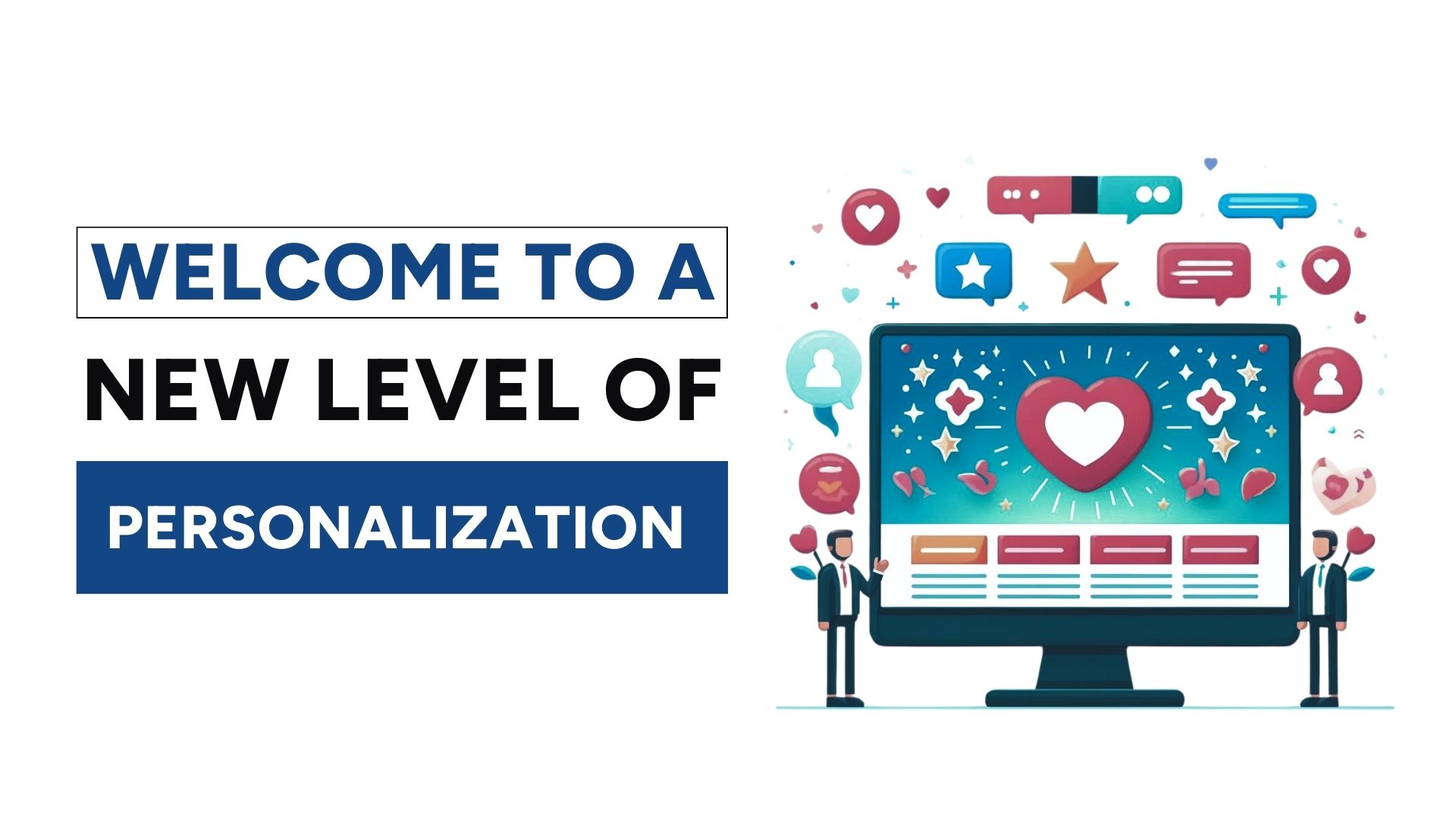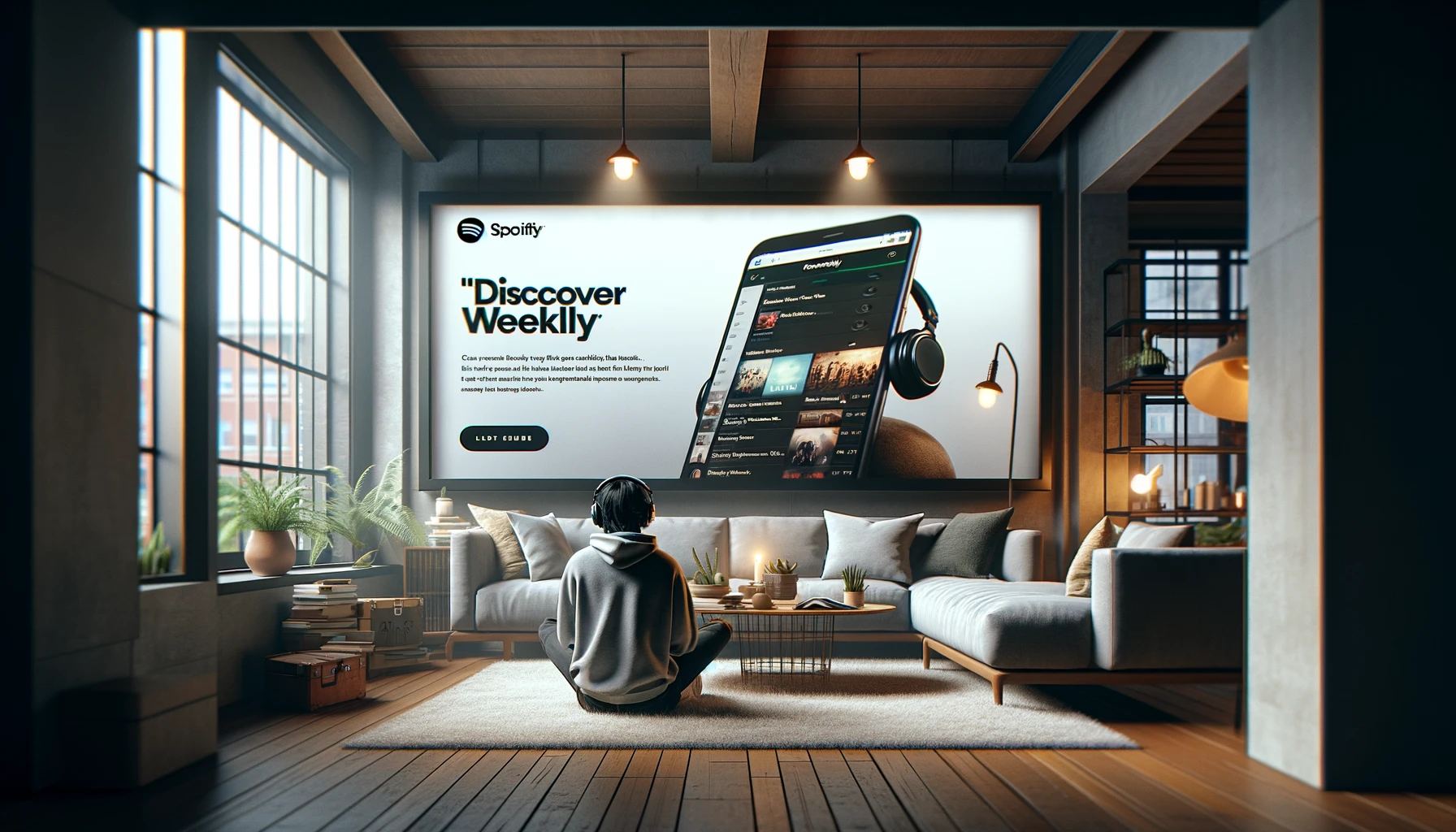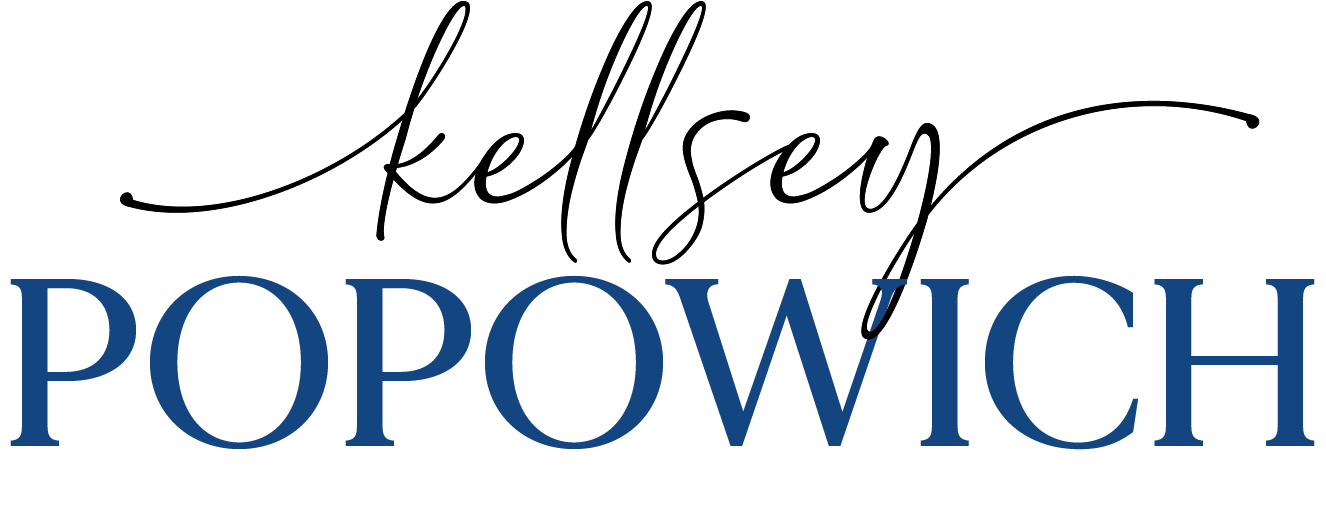Boost Your Client Engagement with Personalization

Do your clients feel like you truly understand them? Today, we’re diving into the art of personalized client engagement and how it can turn ordinary interactions into extraordinary experiences.
Why Personalized Client Engagement Matters
Personalized client engagement is more than just a buzzword. It’s a powerful approach that can significantly enhance how clients interact with your website. By personalizing each interaction, you can build stronger relationships and boost satisfaction.
Steps to Achieve Effective Client Engagement Personalization

1. Gather and Analyze Data
Data is the backbone of personalization. Start by collecting detailed information about your clients through their interactions, behaviors, and feedback. Use this data to identify patterns and preferences.
2. Customize Content
Tailor your content to match the interests and behaviors of your clients. Whether it’s blog posts, special offers, or newsletters, personalized content can make clients feel valued and understood.
3. Offer Custom Client Interactions
Suggest products or services based on previous purchases or browsing history. Personalized recommendations can enhance the client experience and drive conversions.
Tools for Personalized Client Experience
1. CRM Systems
Integrate your Customer Relationship Management (CRM) system with your website to create a holistic view of each client’s interactions. This integration allows you to personalize communications and offers more effectively.
2. AI and Machine Learning
Use AI tools to predict client needs and automate personalized experiences. AI can help you understand client preferences and tailor interactions accordingly.
3. Personalization Platforms
Platforms like Adobe Experience Manager and Salesforce Personalization offer advanced features to enhance your personalization efforts. These tools help you create dynamic content that adapts to client behaviors in real-time.
Implementing Data-Driven Personalization Strategies
Data-driven personalization strategies involve using data insights to create personalized experiences. Here’s how to do it:
- Analyze Client Data: Look for trends and preferences in your client data. This analysis will guide your personalization efforts.
- Create Segments: Group clients with similar behaviors and preferences. Tailor your messaging and offers to these segments.
- Test and Refine: Regularly test your personalization strategies to see what works best. Use A/B testing to compare different approaches and refine your strategies based on the results.
The Benefits of Digital Marketing Personalization
Personalization in digital marketing can lead to higher engagement, increased loyalty, and better conversion rates. When clients feel that your content and offers are tailored to their needs, they’re more likely to stay engaged and make purchases.
Real-World Examples: Netflix and Spotify
Netflix
Netflix is a great example of effective personalization. By analyzing viewing habits, Netflix provides personalized movie and TV show recommendations to its users. This personalized approach keeps users engaged and encourages them to explore more content.
Spotify

Spotify’s Discover Weekly is another excellent example of personalization done right. Each week, Spotify curates a playlist for every user based on their listening habits and the habits of others with similar tastes. This feature has significantly increased user engagement, keeping users excited about discovering new music tailored to their preferences.
Ready to Improve Your Client Engagement?
Begin by looking at your current personalization efforts. Find areas where you can do better and apply the strategies mentioned earlier. Personalized client engagement can make a big difference for your business and help build stronger relationships with your clients.
Contact us today to learn more about how you can improve your client engagement with personalization!

